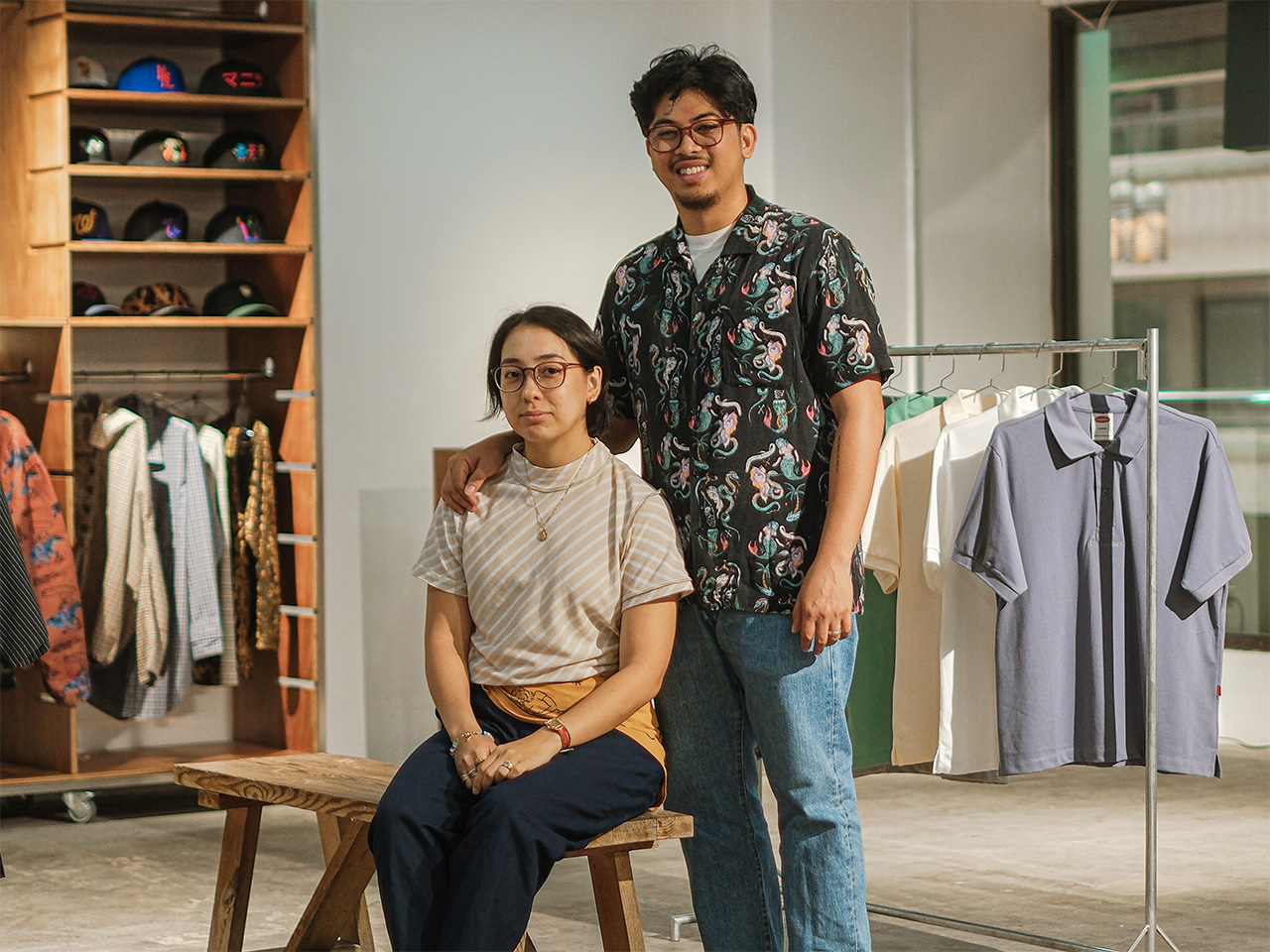Manila’s Purveyr Fair is part pop-up, part proving ground. A space where Filipino creativity meets commercial opportunity. Founder Marvin Conanan tells us about the event.
As Southeast Asia’s creative economy continues to grow at pace, the Philippines is making significant strides as a hub for lifestyle and fashion brands with global ambitions. Manila’s annual design, culture and creativity marketplace, Purveyr Fair, spotlights local businesses on the path to rapid growth. Part trade fair, part talent scout, Purveyr has become a key stage for brands to find new markets for both sales and investment. It has grown from showcasing 20 homegrown brands in 2016 to platforming more than 125 at its latest edition. In order to house this year’s event, its biggest ever, Purveyr had to expand into Manila’s World Trade Centre Tent.
Beyond retail, the fair has become an incubator space where creative entrepreneurs test products and meet investors. Founder Marvin Conanan believes that it’s this mix of commerce and community that sets Purveyr apart. Here he walks Monocle through the Philippines’ creative economy, the new generation of Filipino shoppers, the brands to watch and the opportunities still untapped.
What led to launching Purveyr?
We started as a blog. The goal was to share independent brands and street culture in the Philippines with more people. From covering local spaces for fashion, music, art and design, the vision grew to encompass other methods of helping them to grow and develop. Our first foray into hosting a fair was in a 200 sq m co-working space. About 300 people attended.
What are the key retail and consumer trends that you’re seeing in Manila?
Reflecting global shifts, vintage and secondhand retail has taken root in Manila’s youth culture, as pop-ups and fairs breathe new life into the local fashion scene. With exposure to so much more online nowadays, consumers are more informed and more deeply engaged with the products that they buy, the shops they visit, the brands they connect with and the spaces they make time for.
What are the biggest challenges facing Filipino brands trying to scale up?
Online congestion. Establishing a space online is easy – getting noticed is the real challenge. On a positive note, the maturity of the Filipino consumer and their developed interest in local brands means that the market has grown considerably. There are now more than enough customers to go around – as our most recent fair has demonstrated.
Where are the biggest gaps and opportunities for investment and support in Manila?
There’s a lot missing but perhaps the most significant are private funding and government support. Filipino creatives are left to survive and thrive on their own and this includes the capital-intensive fashion industry. Where opportunities exist, they are rarely long-term. Fashion labels and brands need time to mature, so it takes long-term support and planning to really make a difference.
And finally, Christmas is coming. What Filipino brands should we be buying?
If I had to choose three brands: Carl Jan Cruz, Don’t Blame The Kids and Proudrace. Each has been in the game for quite some time and carved its own path in the industry. Don’t Blame The Kids expanded through numerous collaborations and licensing agreements with global brands – it’s now the most mainstream of the three. Carl Jan Cruz is known for its technical and cultural approach to making clothes, weaving Filipino stories and culture into collections through quality fabrication and design. And lastly, Proudrace has always been recognised as a label to follow by local and global voices, with its understanding of popular culture and creative Manileños. All three are now globally present through retailers, pop-ups and collaborations.
